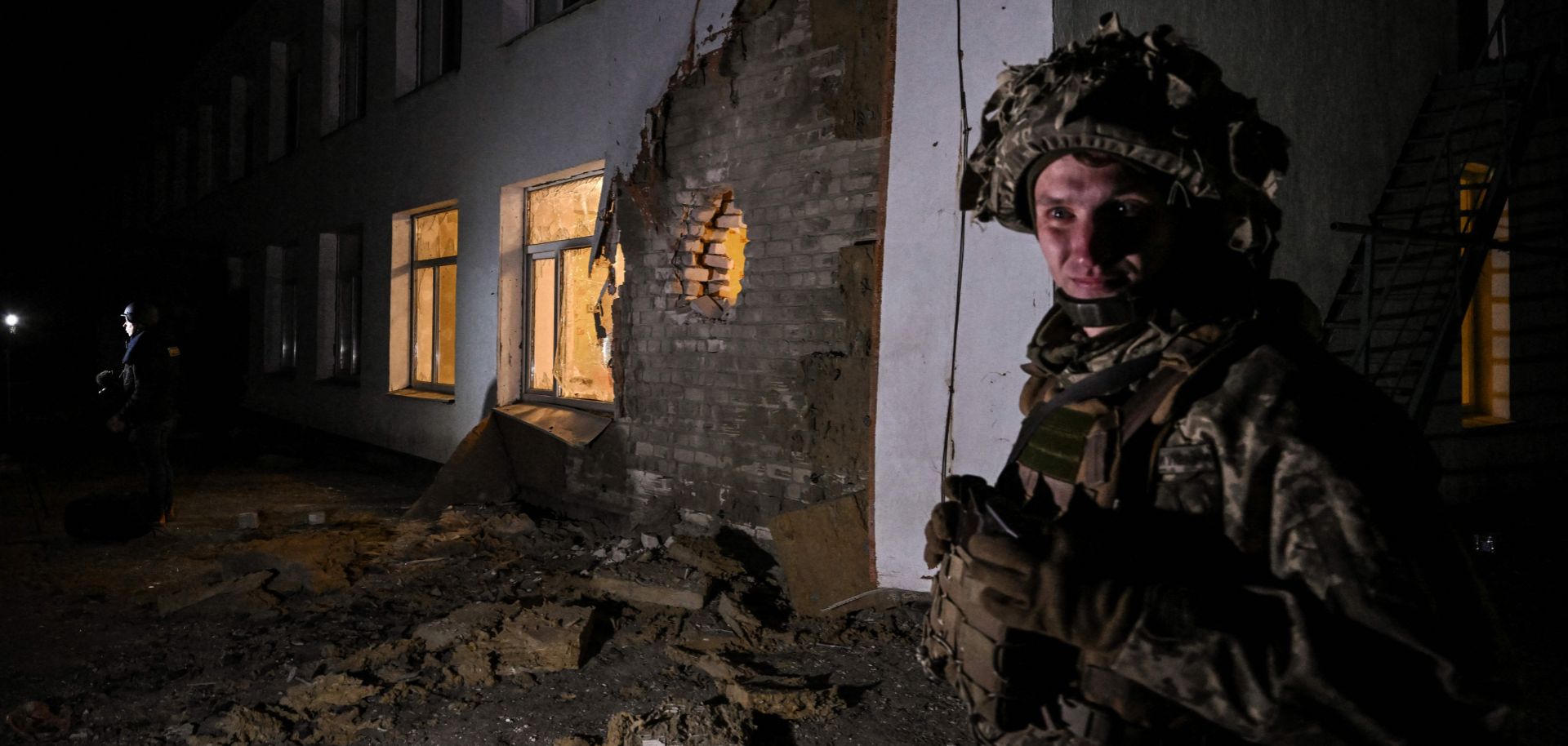In recent days, Russia has clearly signaled its willingness to escalate the eight-year conflict in eastern Ukraine’s Donbas region. On Feb. 18, a day after Russian-backed separatists shelled a nursery in the government-controlled territory, authorities in the two self-proclaimed republics in Donbas ordered a mass evacuation of civilians. The evacuations will make it easier for Russia — which now has an estimated 169,000-190,000 troops stationed near Ukraine — to move equipment and personnel into the war-torn region. This raises the probability of additional cease-fire violations and false-flag attacks as Moscow tries to use the threat of an invasion to gain significant concessions from Kyiv and the West.

Since 2014, Ukrainian forces have been battling Russian-backed separatists in an area in southeastern Ukraine known as the Donbas. On Feb. 15, Russia's parliament approved a non-binding resolution to formally recognize the region’s self-proclaimed Luhansk and Donetsk republics as independent countries. The vote has spurred controversy, as such a designation would free Russia to openly send troops and weapons to war-torn Donbas. It would also end the Minsk agreements, which see Ukraine regaining control of its eastern border in exchange for giving the separatist regions more autonomy.
The separatists in charge of eastern Ukraine’s two breakaway republics claim sovereignty over the entire Donetsk and Luhansk oblasts (which effectively span the Donbas region), but they actually control a smaller section between the Russian border and the region’s two major cities. These two separatist-controlled areas are de facto Russian-occupied, as Russians make up the majority of soldiers in both republics. But Moscow denies it has troops in Donbas, claiming these soldiers are instead volunteers and mercenaries.



